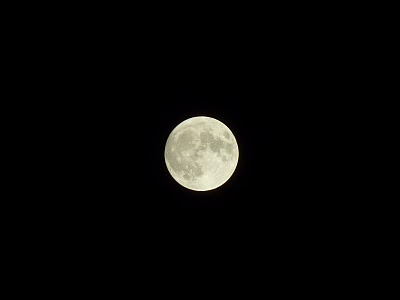Much has been made about Apple's "new" Retina Display that they're using in the
iPhone 4. People are saying how amazing it is to look at, etc. Of course, shortly after Jobs announced this new achievement in technological wonders, experts have come out to
take him down a notch. But that's not what this blog posting is about.
There's no question that a display with higher pixel density, or pixels-per-inch, will help make the display crisper. When I noticed that my sister's
Panasonic DMC-TZ5 had a sharper display than my
DMC-TZ3, the benefits were known to me immediately. I have since gotten the
DMC-ZS3, which retains the same 3" LCD, 460K pixels display.
Out of pure curiosity, I decided to crunch some numbers to find out how many pixels-per-inch (or ppi) my more than one-year-old camera's LCD has (which is the same as the more than two-year-old camera my sister has). Before that, I did a quick measurement of my 17" laptop, which has a native resolution of 1440x900... the display measured 9" from top to bottom, so it's only displaying at 100ppi. Not very impressive, but to be honest, it works well enough for my day-to-day use.
Anyway, knowing the my camera's display uses the 4:3 aspect ratio, it was not difficult to figure out, without using a ruler, what the length and width of the display is, since the 3" number is for the diagonal length. (It's 2.4" x 1.8", by the way.)
The next step was to figure out approximately how many pixels run through the width and height of the display, as the 460K count is for the total number of pixels in the entire area. The count may not be
exactly 460,000 pixels, but should pretty close. Employing some simple algebra, it appears that the display on the 3" LCD is roughly 783x587. (If you do the math, you'll see that brings the total pixel count to just under 460,000 pixels; if you increase the pixels by just one to each side, you'll get just over that count.)
That's enough for us to figure out how many dots (or pixels, in this case) there are per inch of the LCD display. Divide the number of pixels by its respective length in inches (783/2.4 or 587/1.8), and you'll get a few decimal points above 326ppi.
Now, what's that magic number which Apple has dubbed as the "Retina Display"? 326ppi.
(To be fair, using the same formulas, the iPhone 4 would have around 329.65ppi.)
I also vaguely remember a commercial for, I think, a Nikon digital camera, which boasts a higher resolution display than my camera, which was from a few months ago, so there's definitely no shortage of consumer displays that are better than what Apple is touting as their Retina Display. Further, I found through Google search that the
Sony Cyber-shot DSC-G1, which was released in 2007, has a 3.5" display with 921,000 pixels. Working out the math, that puts it at 2.4" x 2.1", with a resolution of approximately 1108x831, and 395.7ppi.
Wow, technology that's at least 3 years old is
so revolutionary.
 Ordered and received a 32 gig MicroSD card and adapter. Expected a Class 2 (picture shown online was a Class 2, and the one that came with the Evo was also a Class 2) and got a Class 4, so good news for me.
Ordered and received a 32 gig MicroSD card and adapter. Expected a Class 2 (picture shown online was a Class 2, and the one that came with the Evo was also a Class 2) and got a Class 4, so good news for me.

























